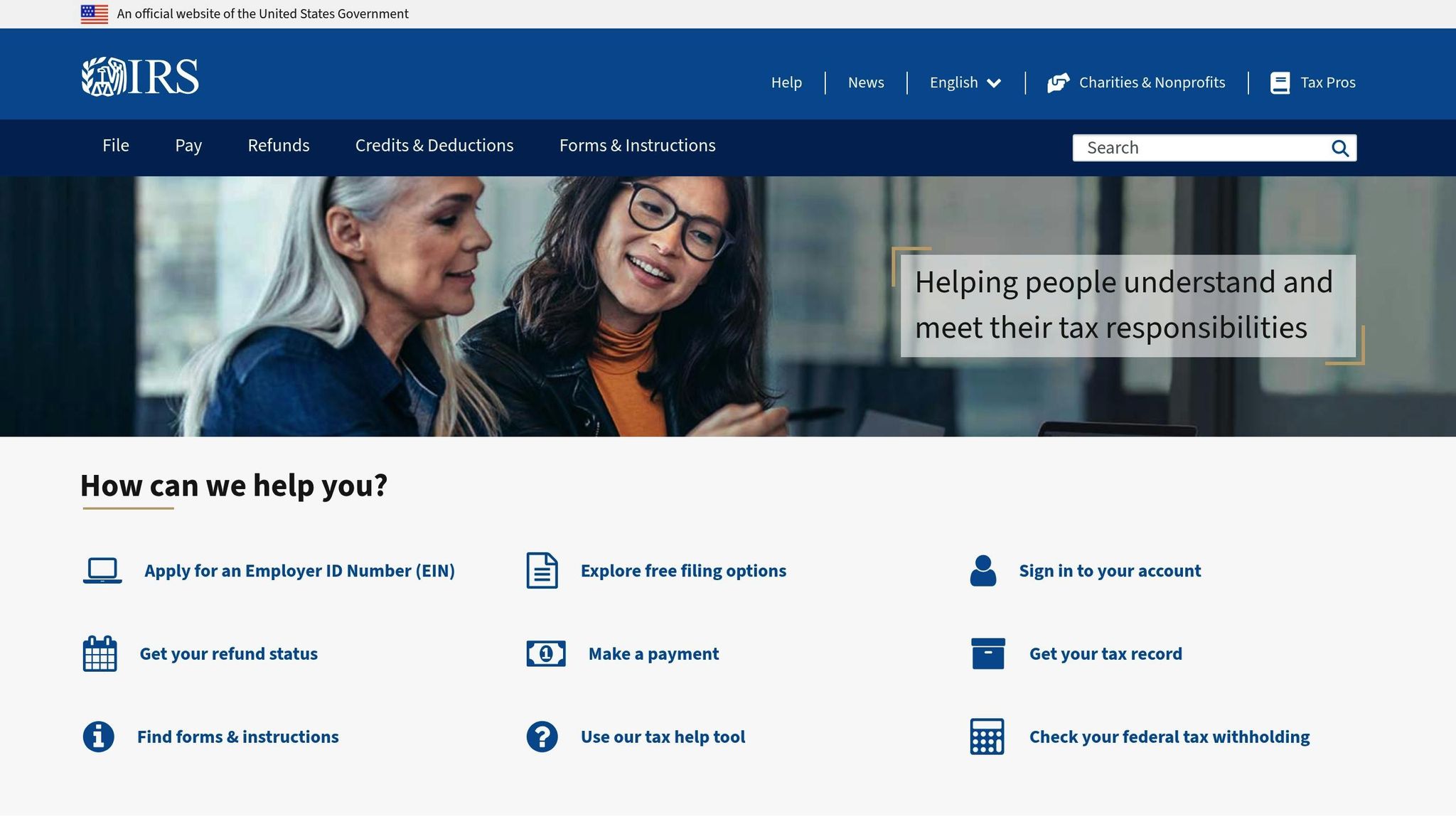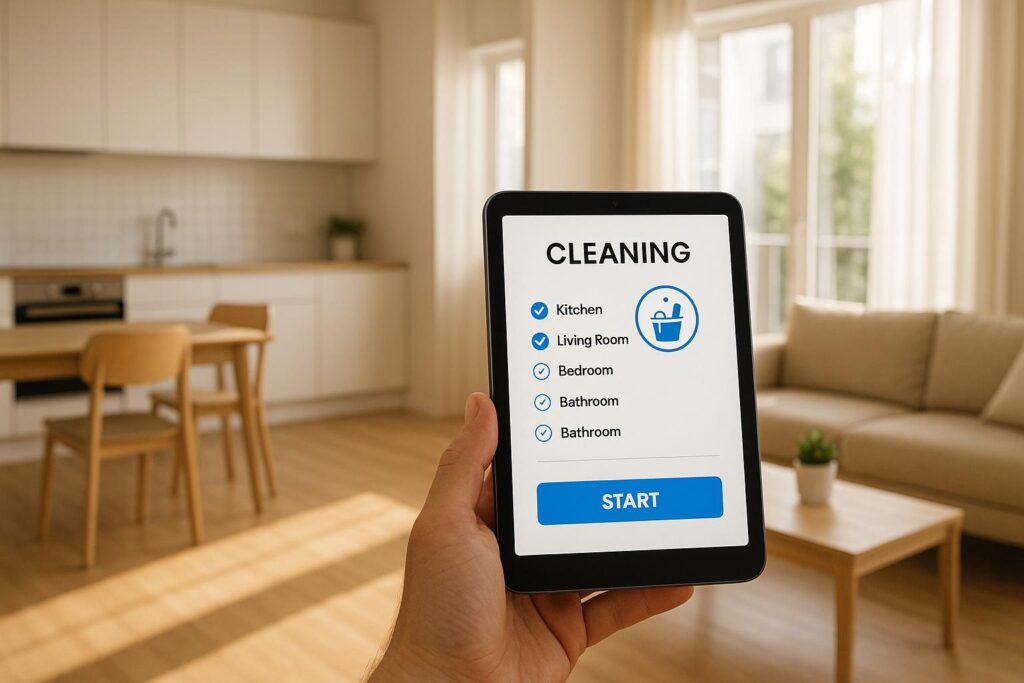Yes, but only if the second home is treated as an investment property. This means it must generate rental income, personal use must be limited, and you must follow strict IRS rules. Here’s a quick breakdown:
- Investment Use: The property must primarily serve as a rental or business asset, not just for personal enjoyment.
- Personal Use Limits: You can only use the property for up to 14 days per year or 10% of the days it’s rented.
- Holding Period: Many experts recommend renting the property for at least 24 months before starting the exchange.
- Key Documentation: Keep records of rental income, expenses, and marketing efforts to prove investment intent.
Example: If you own a vacation home that you rent out for 300 days a year and only use for 2 weeks annually, it could qualify for a 1031 exchange – provided you document everything properly.
Quick Steps to Stay Compliant:
- Treat the property as an investment (not personal use).
- Limit personal use to IRS guidelines.
- Rent the property at fair market value consistently.
- Gather detailed financial and tax records.
- Work with a Qualified Intermediary to meet IRS deadlines.
By following these rules, you can defer capital gains taxes and reinvest your profits into new properties to grow your portfolio.
IRS Requirements for Second Home Exchanges
Investment vs. Personal Use
To qualify for a 1031 exchange, the property must primarily serve as an investment or business asset, not for personal use. The property should generate rental income and cover related expenses. To prove this, keep detailed records, such as:
- Rental income documentation: Lease agreements and tenant receipts
- Expense records: Management fees, maintenance, and marketing costs
- Tax filings: Report the property on Schedule E (for rental income), not Schedule A (for personal deductions)
These records help establish the intent to use the property as an investment.
Suggested Holding Periods
While the IRS doesn’t set a specific holding period, many tax professionals advise holding the property for at least 24 months to establish a rental history. During this time, ensure consistent rental activity. The property should:
- Be rented at fair market value for at least 14 days in each of two consecutive 12-month periods
- Have limited personal use, capped at the greater of 14 days or 10% of the total days rented per 12-month period
For instance, if you rent the property for 200 days in a year, personal use should not exceed 20 days during that time.
Rental and Personal Use Guidelines
Even after meeting the holding period, maintaining the property’s rental focus is crucial. Follow these guidelines:
- Keep the property available for rent at fair market rates
- Actively market the property to attract tenants
- Limit personal use to the greater of 14 days or 10% of the rental days per year
- Maintain accurate records of rental periods, income, expenses, and personal use
Converting a personal second home into an investment property for a 1031 exchange requires careful preparation and thorough documentation to demonstrate its use as an investment.
Meeting 1031 Exchange Requirements
Turning a Second Home into an Investment Property
To convert a second home into a qualifying investment property, careful planning is a must. Start by establishing a rental plan at least 24 months before initiating the exchange. This includes setting competitive rental rates, creating listings, working with a property management company, and keeping up with regular maintenance.
It’s important to demonstrate that the property is being used as an investment. For instance, if you have a beach house in Florida that’s typically rented during peak season (December through March), make sure you’re also marketing it during the off-peak months and offering competitive rates.
Keep detailed records of these efforts to prove your intent to use the property as an investment.
Key Documentation to Gather
You’ll need to maintain thorough records to confirm the property’s status as an investment property. These include:
- Financial Records: Rental income, property management fees, maintenance costs, utility bills, insurance payments, and property tax records.
- Rental Activity Records: Rental agreements, marketing history, tenant screening reports, inspection records, tenant communications, and payment receipts.
- Tax Documentation: Schedule E forms, depreciation records, receipts for property improvements, annual income/expense statements, and prior tax returns.
Having these documents organized will make the 1031 exchange process much smoother.
Steps to Stay Compliant
- Hire a qualified intermediary before beginning the exchange.
- Identify potential replacement properties within 45 days of selling your current property.
- Finalize the purchase of the replacement property within 180 days.
- Maintain thorough documentation for the holding period.
- Stick to the identification and closing deadlines.
When choosing replacement properties, focus on those that:
- Have a proven rental history.
- Are located in areas with strong rental demand.
- Require minimal personal use accommodations.
- Are part of professionally managed communities.
- Offer positive cash flow potential.
The replacement property must be held for investment purposes, with rental use patterns similar to the relinquished property. To support your exchange’s qualification under Section 1031, document your investment intent with business plans, market analysis, and projected rental income estimates.
1031 Like-Kind Exchanges of Vacation Homes and Second …
sbb-itb-4c99469
Common Mistakes to Avoid
Poor documentation can put a 1031 exchange for a second home at risk. The IRS requires clear proof that a property is being used for investment purposes. Without proper records, you could face disqualification.
Here are some frequent mistakes:
- Mixing up personal use and rental periods
- Not documenting the change from a personal residence to an investment property
- Missing important transaction dates
Keeping detailed and accurate records is essential. Work with a Qualified Intermediary, tax advisor, real estate attorney, and licensed agent to ensure you meet IRS regulations and avoid these pitfalls. Local professionals can make the process much easier.
If you’re in Austin, the Austin Local Team can connect you with specialists who help manage documentation and keep everything on track.
Tax Benefits of 1031 Exchanges
Understanding the tax perks of a 1031 exchange can significantly improve your investment strategy. By following IRS guidelines, you can keep more of your money working for you.
Capital Gains Tax Deferral
With a 1031 exchange, you can delay paying capital gains taxes when converting a second home into an investment property. This means you can reinvest the entire sale proceeds instead of handing over a portion to the IRS right away. These deferred taxes can help you reinvest more and grow your portfolio faster.
Investment Growth Over Time
Deferring taxes doesn’t just save money now – it helps your investments grow faster. For instance, if you defer $40,000 in taxes, you can use that amount as part of a down payment on a larger property. If that property appreciates at 5% annually, the $40,000 could grow to $51,000 in just five years. Plus, you’ll earn rental income along the way. This strategy can accelerate your wealth-building efforts in real estate.
Planning for Future Taxes
A 1031 exchange offers several long-term tax benefits that can shape your investment approach:
- Step-up in basis: If you hold the property until your death, the cost basis resets, potentially eliminating gains for your heirs.
- Depreciation: New properties come with fresh depreciation schedules, which can lower taxable income.
- Diversification: You can exchange into multiple or different types of real estate while keeping the tax deferral.
Be sure to keep detailed records of each property’s cost basis, improvements, and depreciation. This documentation is crucial if you sell without another exchange or pass the property to your heirs.
Partnering with experienced tax professionals is key. They’ll help you navigate current tax rules while aligning exchanges with your long-term goals, ensuring compliance and maximizing benefits.
Conclusion
Rules Overview
Completing a 1031 exchange for a second home requires strict adherence to IRS rules, including proving the property is used for investment purposes. This means transitioning the property from personal use to investment use while following the necessary steps to preserve tax-deferred status.
Here’s a quick rundown of key actions to ensure a smooth process:
Success Tips
- Keep detailed records of rental agreements and income.
- Document property expenses and any improvements for cost tracking.
- Work with qualified intermediaries and knowledgeable local real estate professionals.
- Meet all IRS deadlines without exception.
- Assess the investment potential of replacement properties carefully.
Austin Local Team Services
For additional support, Austin Local Team offers specialized help tailored to the local market. They connect clients with real estate professionals experienced in 1031 exchanges. Their services include:
| Service | Benefit |
|---|---|
| Agent Matchmaking | Links you with agents skilled in handling 1031 exchanges |
| Property Valuation | Provides free comparative market analyses for exchange properties |
| Market Insights | Offers up-to-date information on Austin real estate trends |
| Investment Guidance | Helps identify qualified replacement properties for your investment |
With their platform, property owners gain access to expert advice and tools to navigate the exchange process while ensuring IRS compliance. Local agents also provide valuable market insights to help you make informed decisions for your investment.







